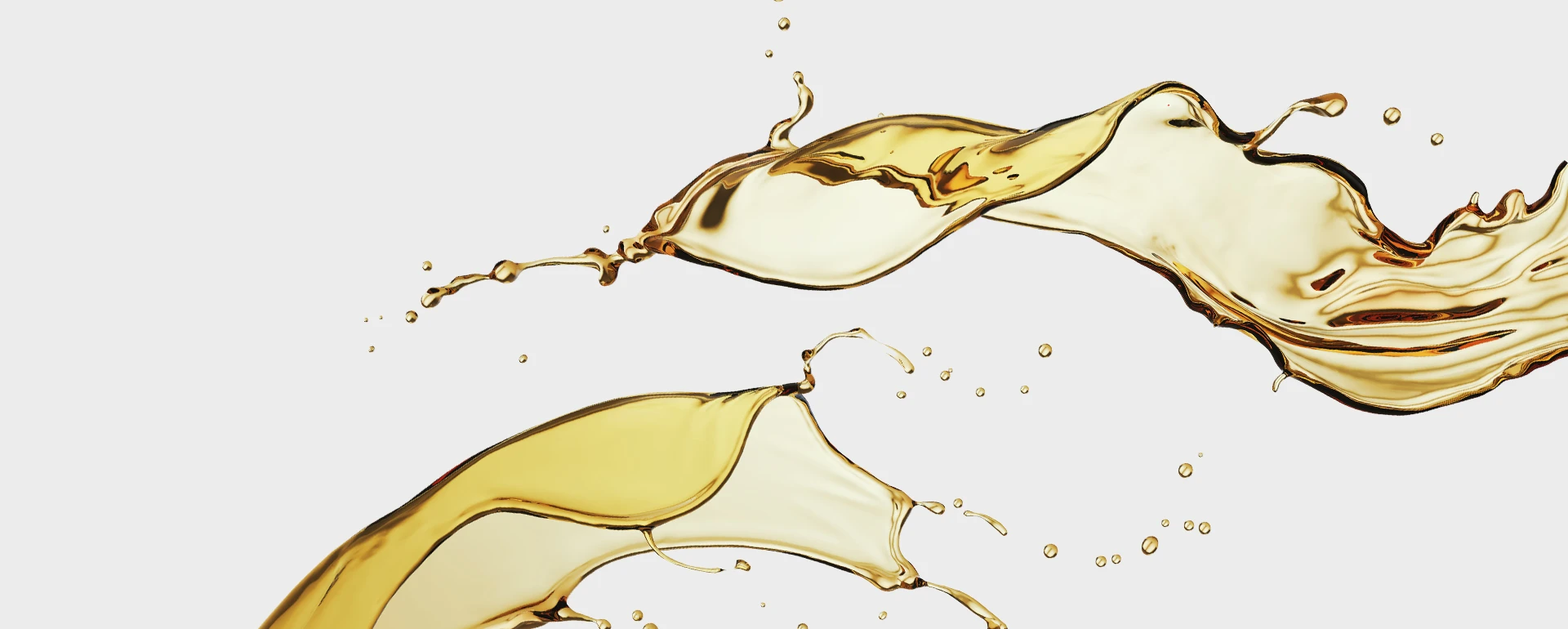
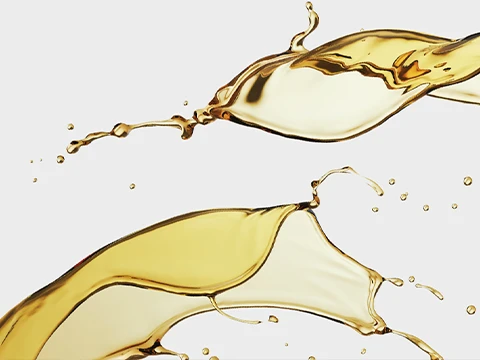
Making incineration a clean affair
A waste incineration plant is a highly complex structure. In addition to pure incineration, numerous chemical processes take place, most of which serve to clean the flue gas and make thermal waste utilization sustainable and environmentally friendly. The following operating resources are mainly used for the various incineration and cleaning processes within the GMVA:
Heating oil
As a rule, every boiler is thoroughly cleaned and overhauled once a year. We then use heating oil to heat it up again. This is because, in accordance with legal requirements (17th BImSchV), a boiler must first be heated to operating temperature before the waste can be fed in. The amount of energy used via heating oil corresponds to just around 0.2 % – 0.4 % of our total combustion heat quantity. At around 99.7 %, waste is our main source of energy.
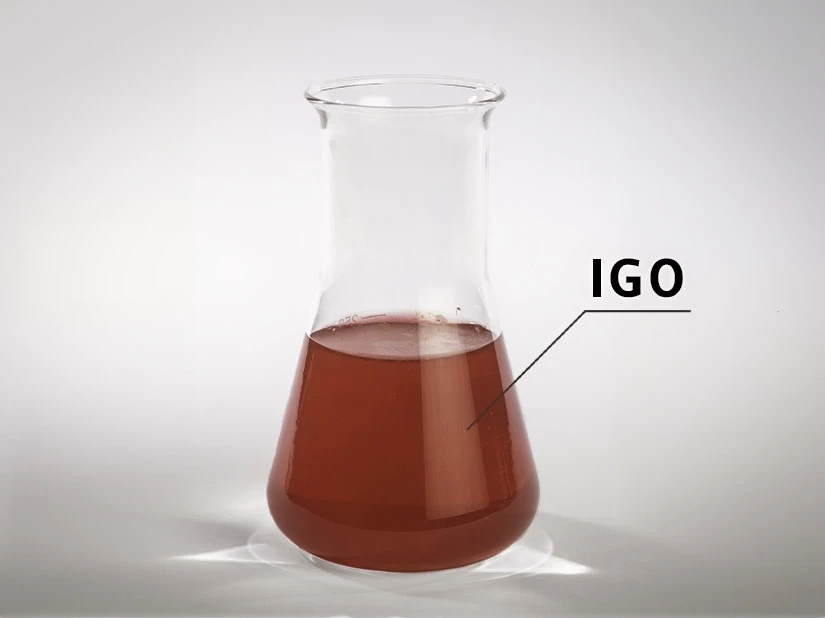
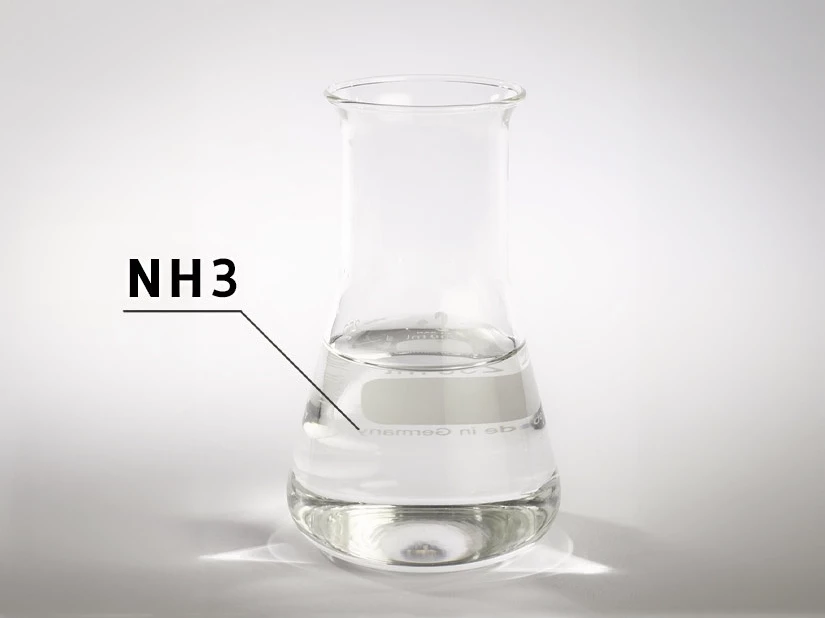
Ammonia water
The so-called Selective Non-Catalytic Reduction process (SNCR) is the first step in our five-stage flue gas cleaning process. In this process, ammonia water (urea) is injected into the boiler, which chemically breaks down nitrogen oxides (NOx) into nitrogen and water. This process reduces nitrogen oxides by up to 80 %.
Milk of lime
The dedusting of the flue gases in the electrostatic precipitator is the second step. They then pass through the so-called HCI scrubber. Here, the hydrogen chloride that is produced when PVC is burned, for example, is washed out. The pH value is kept at < 1 with milk of lime. As a result, heavy metals and mercury in particular are well separated. In addition, milk of lime is used in the wastewater treatment plant to precipitate and neutralize our wastewater.
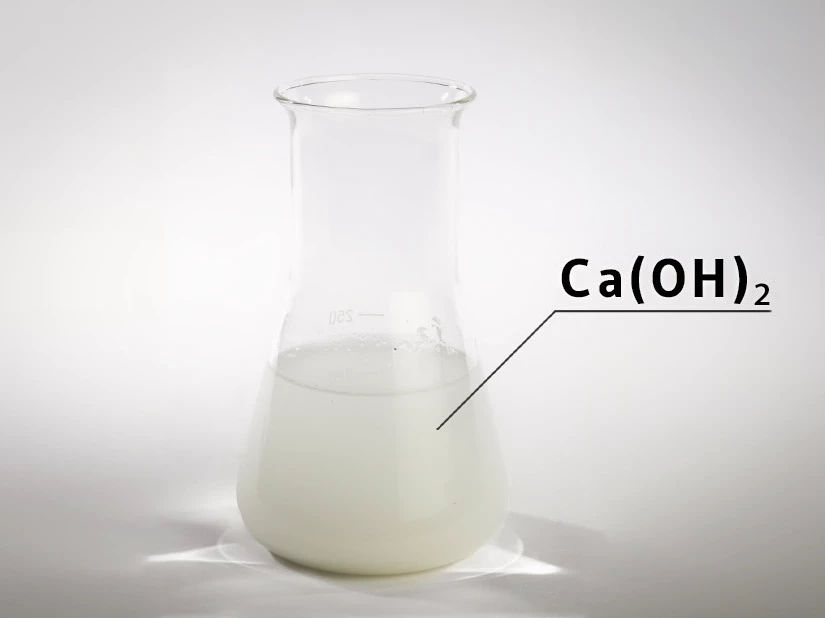
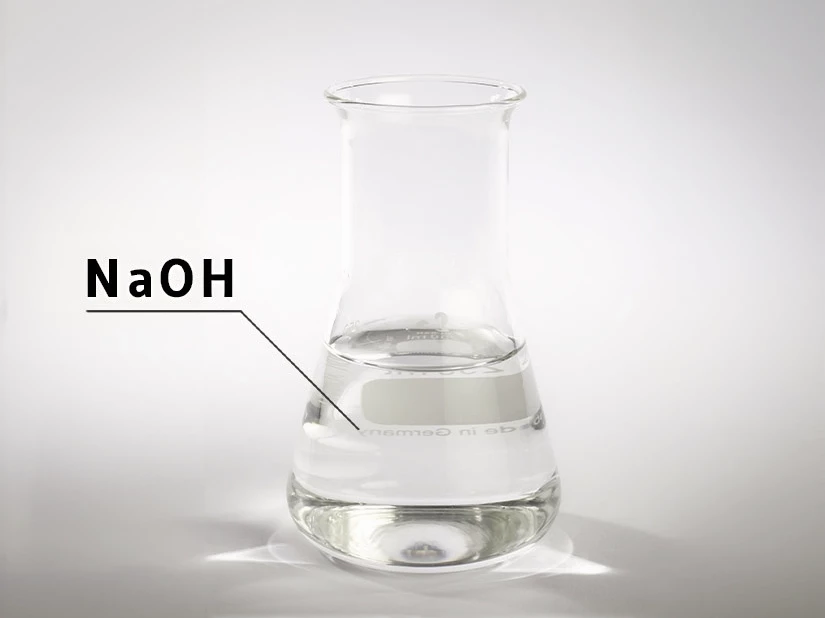
Caustic soda
In the fourth step of flue gas cleaning, the SO2 scrubber, sulphur dioxide is absorbed by caustic soda. Caustic soda is also used in the demineralization plant (VE plant) to regenerate the anion exchangers.
Adsorbent (lime-carbon mixture)
In the final flue gas cleaning stage, the fabric filter, additional adsorbent is blown into the flue gas flow to separate out further heavy metals, dioxins, furans and other organic and inorganic pollutants. The pollutants accumulate on the adsorbent and can ultimately be filtered out and separated as residual material.
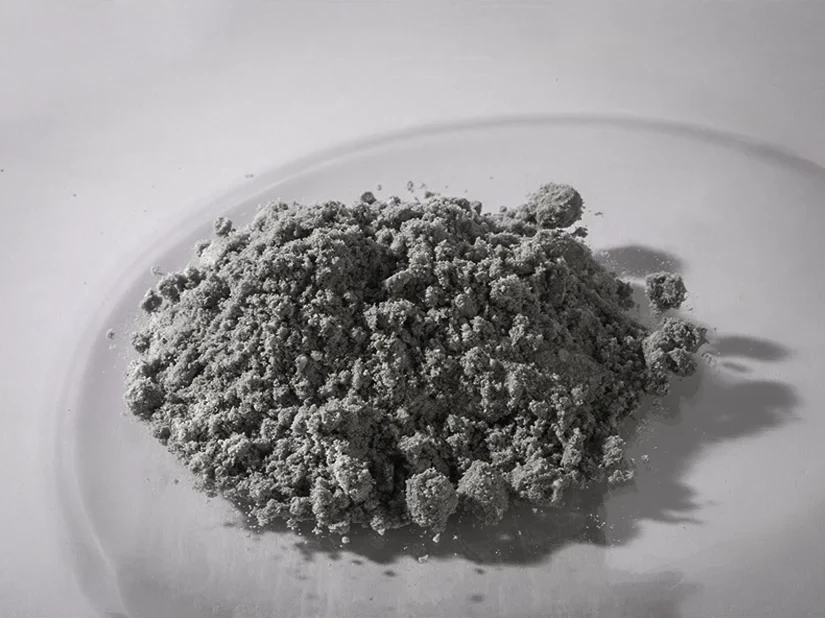
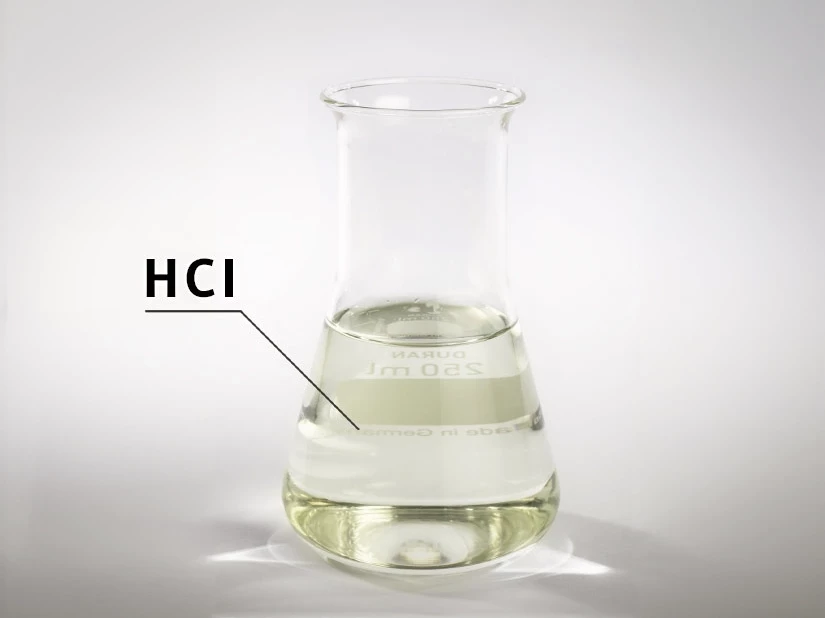
Hydrochloric acid
Demineralized water for the water-steam cycle is produced in the demineralization plant. Hydrochloric acid is used to regenerate the cation exchangers required for this in the demineralization plant.